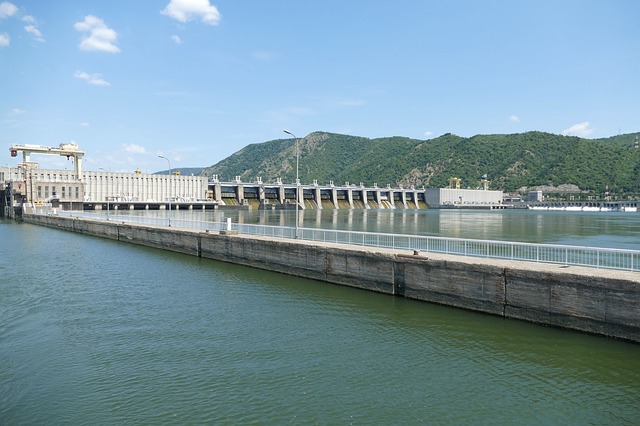New study warns nearly 200 new dams planned in European protected areas
- August 6, 2020
- Posted by: Elaine Coles
- Category: Environmental, Water Issues, Europe

While freshwater biodiversity is already in crisis, protected areas are no longer a safe shelter as 509 dams are planned or under construction within them worldwide, adding to the 1,249 large dams already located in protected areas.
Europe is not spared, with 40% of the planned dams (196) located in the continent.
The findings, coming from a new study published in Conservation Letters, constitute the first-ever global assessment of the number of planned and existing dams within protected areas.
According to leading environmental organisation WWF, dams, which mostly used for hydroelectricity, irrigation, and water supply, have a devastating effect on freshwater ecosystems, and rivers that are fragmented with dams can no longer sustain wildlife, nature, and people that rely on fish and healthy rivers.
The NGO is warning that dams alter rivers by disrupting critical sediment transport and flow, and blocking fish migration, which affects the ability of species to reproduce. They also affect communities which depend on thriving freshwater ecosystems for their livelihoods.
Commenting on the findings, Claire Baffert, Senior Water Policy Officer at WWF’s European Policy Office said:
“Dams in protected areas are unacceptable. The pressure they put on biodiversity and water resources is absolutely incompatible with freshwater and nature protection. The recently proposed EU Biodiversity Strategy must tackle these threats head-on through better protection and restoration of Europe’s rivers and lakes.”
While large dams exist in protected areas all across the globe, they are concentrated in North America, Europe, southern Africa, and parts of Asia.
Last year, WWF’s first Europe-wide mapping of hydropower plants showed that 28% (2,396) of the 8,507 hydropower plants planned in Europe were in protected areas (33% in the EU). Out of the 2,396 plants planned in protected areas, 572 are located in the highest category of protected areas, which includes national parks, World Heritage sites, Ramsar sites or biosphere reserves.
The EU Biodiversity Strategy proposal includes a concrete commitment to restore at least 25,000 km of free-flowing rivers by 2030, and to establish protected areas for at least 30% of land in Europe (covering freshwater ecosystems). Those commitments should not be on paper only, but need to be followed by action to bring free-flowing rivers back in Europe.
“With freshwater biodiversity collapsing, we more than ever need protected areas to play their role and safeguard our European rivers,” concluded Claire Baffert. “In Europe, the Birds and Habitats Directives and the Water Framework Directive constitute a strong regulatory framework to prevent river deterioration, but these laws need to be thoroughly enforced and implemented. This is currently not the case.”
Today’s findings are another alarm bell that the over-exploitation of rivers needs to stop.
A global report published last week already revealed that migratory freshwater fish populations have declined by 76% on average worldwide since 1970, and have even collapsed by 93% in Europe. Habitat degradation, alteration and loss, and over-exploitation were found to be the biggest drivers of population decline. The fact that protected areas are not even spared by the construction of new dams is a serious red flag.
Click here to read the study Dams and protected areas: Quantifying the spatial and temporal extent of global dam construction within protected areas in full on Conservation Letters
